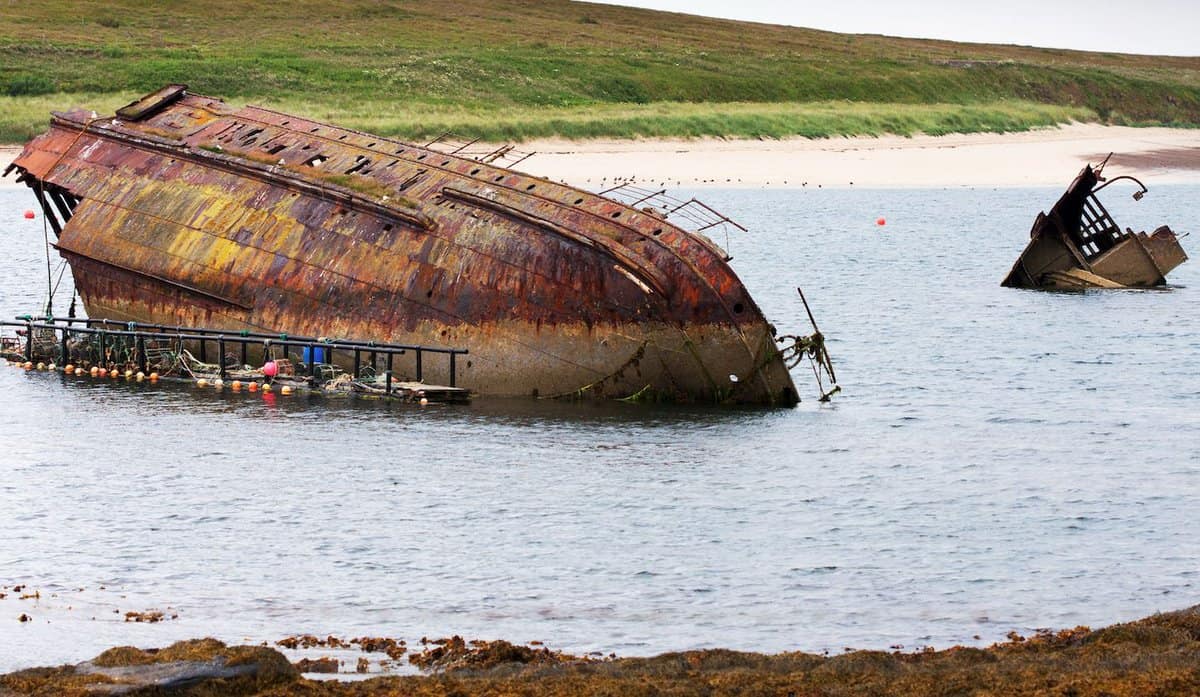Scotland has expanded its network of Historic Marine Protected Areas with the addition of two significant underwater sites: the wreck-strewn Scapa Flow naval anchorages in Orkney and the mid-18th-century trading ship Queen of Sweden.
The decision was made on August 11 by the Cabinet Secretary for Climate Action and Energy. The new designations will take effect on November 1, 2025, providing both locations with legal protection from unauthorized interference or disturbance. Both wrecks lie in the waters of the Shetland Islands.
Commenting on the changes, the Scottish Government’s cabinet secretary for climate action and energy, Gillian Martin, stated:
“The designation of these sites recognises their national value and will help to ensure that future generations can continue to explore, learn from and be inspired by Scotland’s underwater heritage.”
While Orkney Islands Council leader Heather Woodbridge added:
“Wrecked vessels, including those of the German High Seas Fleet, are a significant heritage asset and attract visitors from all over the world, contributing to the economy of Orkney. Sadly, the condition of the wrecks is deteriorating, and these important remains will not last forever.
“Officially recognizing and protecting these sites is therefore vitally important to maximise their longevity. This Historic MPA will ensure these irreplaceable assets are protected from future human damage or disturbance while still allowing for responsible access, research and education where appropriate.”
Shetland Islands Council leader Emma Macdonald added:
“The Queen of Sweden is one of the best-preserved 18th-century trading vessels, lying in shallow waters and popular with local divers. This designation will provide her with greater protection while ensuring she remains accessible to the diving community.”
